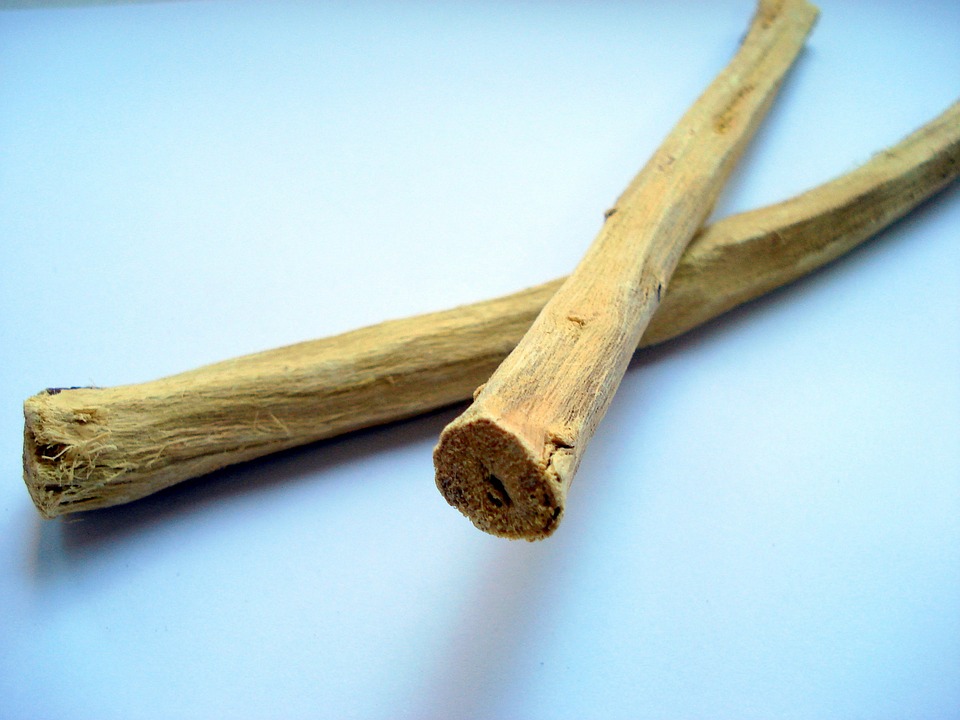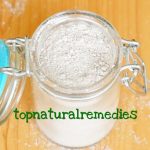Umbilical Hernia – How to Treat It Naturally
An umbilical hernia usually occurs in infants, but adults can also develop the condition. People prone to developing umbilical hernia are pregnant women, obese people and those who have too much fluid in the abdomen.

An umbilical hernia takes place when part of the intestine bulges through the umbilical opening in the abdominal muscles. This condition is usually harmless and, in children, it should close on its own by age 1 or 2. If by age 4 the symptoms do not disappear, surgical repair might be needed.
There are also several natural remedies that could help patients solve this problem without the need of invasive surgery. They are easy to apply and the herbs used can be easily found in herbal stores. These natural remedies are aimed at strengthening the abdominal muscles.
- Foods Rich in Protein and Low in Fat
People suffering from umbilical hernia should eat foods that are high in proteins and low in fat, such as chicken, tuna, beans, eggs, almonds, oats, cottage cheese, Greek yogurt, lean beef, broccoli, quinoa, lentils, pumpkin seeds, turkey breast, Brussels sprouts, skim milk and peanuts.
Excess fat and protein deficiency can weaken the abdominal walls, while a good amount of protein and less fat will make them stronger.
- Hawthornia
Hawthornia is a blend of plants which have been used in traditional Chinese medicine for hundreds of years to treat an umbilical hernia. Hawthornia includes Litchi seeds, hawthorn, citrus seeds and fennel seeds. By using this remedy in the early stages of the condition, you can prevent the growth of an umbilical hernia.
- Lady’s Mantle and Shepherd’s Purse
These two herbs have amazing benefits when used together, both having astringent properties which lessen the flow of blood and constrict the blood vessels. This will prevent a hernia from growing further.
- High Fiber Foods
Fibers reduce the risk of constipation which strains the wall of the abdomen and can help ease the bowel movements along the intestines. This will prevent the abdominal walls and intestines from being pressurized. Some of the foods with the highest quantity of fiber are raspberries, pears, whole-wheat spaghetti, barley, bran flakes, oatmeal, beans, almonds, artichoke, peas, broccoli, and turnip greens.
- Reflexology and Acupuncture
The Chinese methods of acupuncture and reflexology can regulate and release the energy flow in the body. Pressure will be applied on the points connected with the adrenal gland, colon, and groin. These methods should be performed only by trained professionals.
- Exercise
Regular exercise will strengthen the abdominal muscles. Make sure you perform the exercises under the guidance of an instructor, to avoid straining the muscles. Avoid exercises that involve heavy lifting or those which put a strain on the abdominal and visceral muscles.
- Licorice
Licorice root can cure the damaged areas of the abdomen, but also alleviate the pain and burning sensation in the chest and throat.
If the problem persists after applying these natural remedies or if it becomes painful and bigger, then your doctor might recommend surgery.



